- Category
- War in Ukraine
Russia’s Systematic Cultural Genocide, Destroying Ukrainian Identity
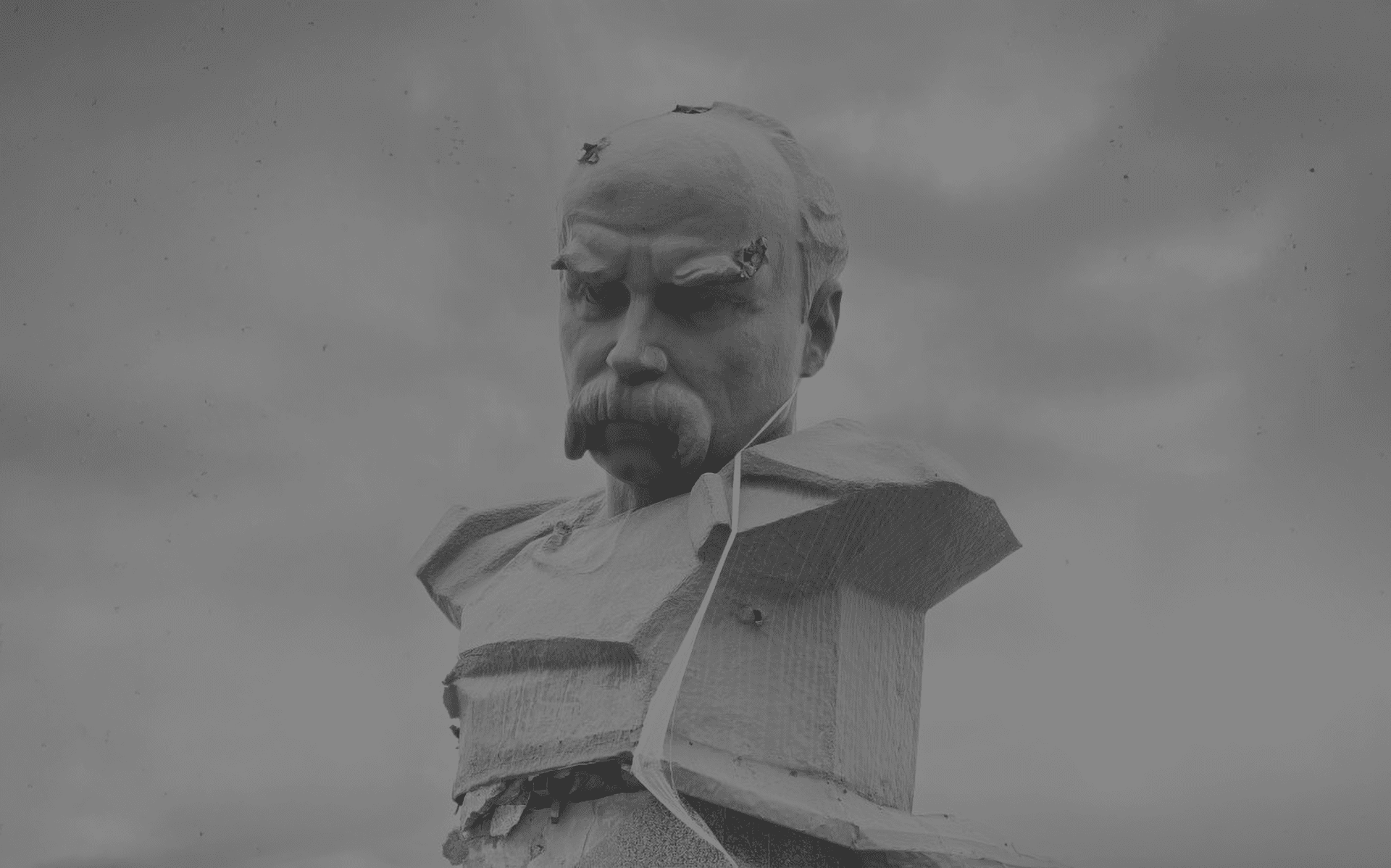
Russia has been systematically targeting Ukrainian cultural heritage in an attempt to erode the nation’s identity. From historic landmarks to museums and religious sites, the destruction is widespread. What has been damaged or destroyed, and how are European allies stepping in to help preserve Ukraine’s rich history?
A draft resolution recognizing Russia's actions against Ukraine as a genocide was re-submitted to the US House of Representatives on January 6, 2025.
They condemn the Russian Federation for committing acts of genocide against the Ukrainian people and call on the US, NATO, and EU allies to “undertake measures to support the Ukrainian Government to prevent further acts of Russian genocide.”
It also advocates for tribunals and international criminal investigations to hold Russian political leaders and military personnel accountable for war crimes, crimes against humanity, and genocide.
Substantial and significant evidence documenting widespread, systematic actions against the Ukrainian people committed by Russian Forces under the direction of Russian Federation political leadership meets one or more of the criteria under Article II of the Genocide Convention.
US House of Representatives
“Currently, the Prosecutor General's Office of Ukraine has opened 170 090 cases on crimes related to the Russian aggression (151 698 on war crimes),” Oksana Markarova, Ukraine's Ambassador to Washington, wrote on Facebook.
There is widespread genocide of civilians across Ukraine: “13 729 dead civilians, 26 706 injured, of which: 596 dead children, 1 728 injured children.” Markarova wrote.
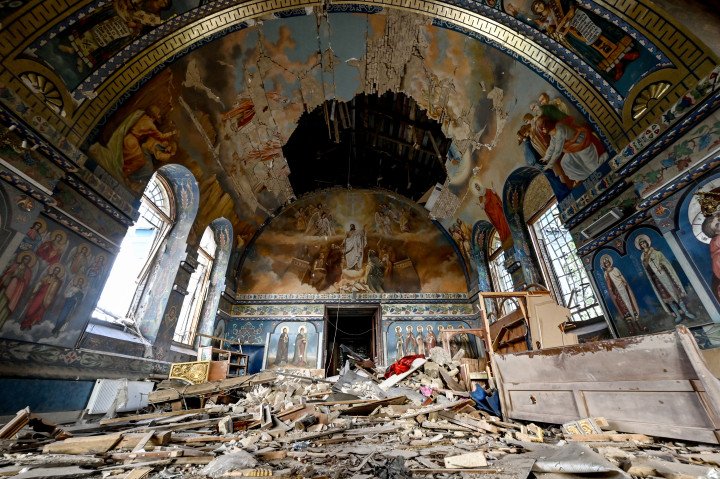
Genocide does not stop at human life. Since the full-scale invasion began, Russia has systematically targeted Ukraine’s cultural and artistic heritage, seeking to “rewrite history” to better justify its aggression in what’s known as “cultural genocide”.
Destroying Ukrainian culture means destroying the Ukrainian nation.
Mykola Tochytskyi
Minister of Culture and Strategic Communications of Ukraine
The destruction of heritage as a form of genocide
US Congress of Local and Regional Authorities adopted a “declaration on the destruction of cultural heritage in Ukraine” on October 15, 2024.
Congress stated that the Russian Federation’s continued attacks on cultural heritage sites in Ukraine violate international humanitarian law, particularly the UNESCO Convention for the Protection of Cultural Property in the Event of Armed Conflict (1954 Hague Convention).
“Congress underlined that the targeting and looting of cultural sites appeared to reflect a systematic policy aimed at erasing Ukraine’s historical and cultural identity, consistent with a genocidal intent,” the Council of Europe (COE) reported.
Damage to cultural property belonging to any people whatsoever means damage to the cultural heritage of all mankind, since each people makes its contribution to the culture of the world.
The 1954 Hague Convention
For the Protection of Cultural Property in the Event of Armed Conflict
Russia’s destruction of cultural heritage is “designed to undermine the very foundations of Ukrainian identity” the Council of Europe (COE) said. They hope “that saving objects and property that have been destroyed or have disappeared will be one of the priorities in rebuilding the country.”
“If we lose our identity, our nation will disappear,” Ukrainian youth delegate Sofiia Bohdanova told the COE during a debate preceding the newly adopted declaration. She also described the millions of books burnt and the school textbooks replaced by ones glorifying the Russian “special military operation.”
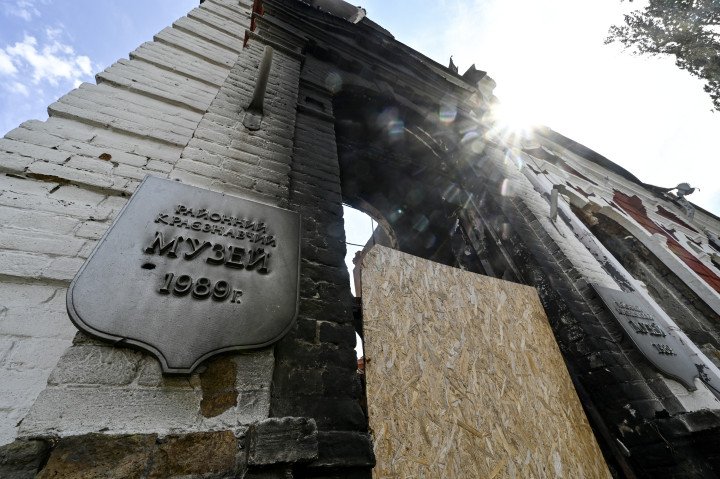
As of January 22, 2025, UNESCO has verified damage to 476 sites of cultural property since Russia’s full-scale invasion on February 24, 2022. 149 religious sites, 241 buildings of historical and/or artistic interest, 32 museums, 33 monuments, 18 libraries, 1 archive, and 2 archaeological sites.
Ukraine’s Culture and Strategic Communications Ministry (MCSC) has documented damage to 2,156 cultural infrastructure objects by ongoing Russian aggression, with 382 completely destroyed as of December 25, 2024.
Almost all of Luhansk and significant parts of Zaporizhzhia, Donetsk, and Kherson regions currently remain under temporary occupation, making it impossible to accurately assess the number of cultural institutions affected by military actions, MCSC highlighted. Figures that we have today are likely to be much higher.
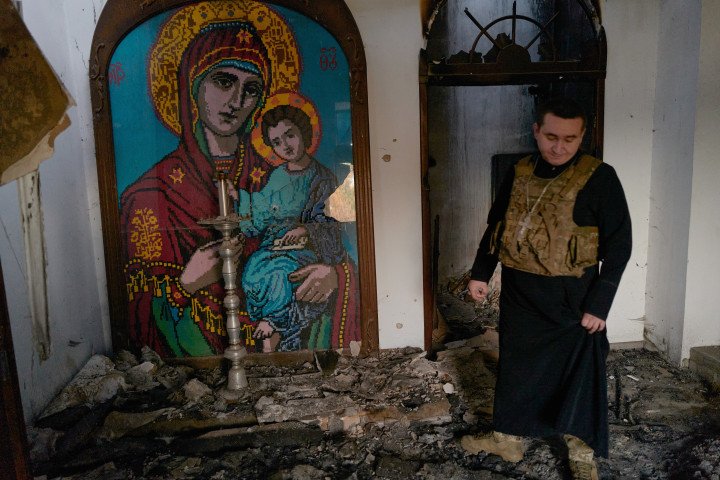
The MCSC “intends to ask UNESCO for help in creating a mechanism to preserve and protect the architectural integrity of streets in the capital’s historic center, regardless of building status or ownership” they reported. This came after Russian forces attacked Ukraine’s National Writers’ Union (NWUU) building on the first morning of 2025, a notable landmark where Ukraine’s independence was achieved.
Russia has systematically destroyed cultural sites, monuments, looted libraries and museums as well as archaeological digs. Russia has damaged or destroyed almost 100 Ukrainian libraries by September 2024, since the full-scale invasion.
Mariupol Theatre
The destruction of the Mariupol theatre is a symbolic example of Russia’s genocide against Ukrainian civilization and cultural sites. On March 16, 2022, shortly after 10 am, a Russian air strike destroyed the Donetsk Regional Academic Drama Theatre in Mariupol, where hundreds of civilians were taking shelter, including many children.
“Mariupol City Council claimed that about 300 people were killed,” reported Amnesty International. “A subsequent investigation by the Associated Press concluded that as many as 600 may have died.”
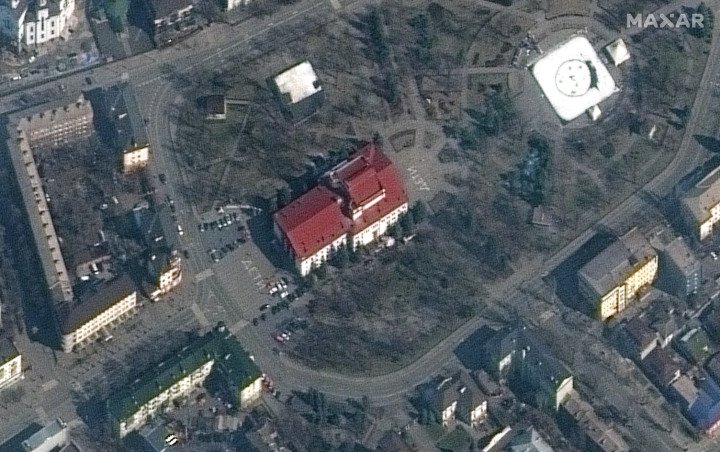
“CHILDREN” was written in Russian (“ДЕТИ”) on the ground outside the front and rear entrances to the theatre in letters that were large enough to be seen by aircraft. However, Russian forces deliberately struck the theatre, which stood alone in a big park, surrounded by around 100m of green space that was encircled by a wide road. The strike took place on a clear day, the Amnesty International investigation said, strongly suggesting that the theatre was the target.
“The crew always knows where the missile is aiming,” once said Viktor Savchenko, Ukraine’s retired Tu-22M3 “Backfire” commander, commenting on Russia’s deliberate targeting of civilian infrastructure.
War isn't just statistics.
— UNITED24 Media (@United24media) March 18, 2024
The Mariupol Drama Theatre Spatial Archive amplifies witness voices, resisting Russia's attempts to erase their history.
1/6 pic.twitter.com/reOezVOYqR
Odesa Museum of Western and Eastern Art
Ukraine’s allies are working in collaboration with museums to retain Ukraine’s cultural heritage. In response to Russia’s targeted bombing of cultural landmarks, Ukrainian cultural artifacts have been evacuated to European museums for protection. An exhibition titled “From Odesa to Berlin: European Painting of the 16th-19th Centuries” has opened at the Berlin Art Gallery (Gemäldegalerie). It features 60 works from the collection of the Odesa Museum of Western and Eastern Art, which were evacuated after Russia’s bombing damaged the nearby Odesa Cathedral of the Transfiguration.
Our paintings had two paths: to lie somewhere in containers in warehouses, not to see the light of day, to be under fire, or to be in the largest museums in the world, doing more for the country, introducing people to our cultural heritage.
Ihor Poronyk
Director of the Odesa museum
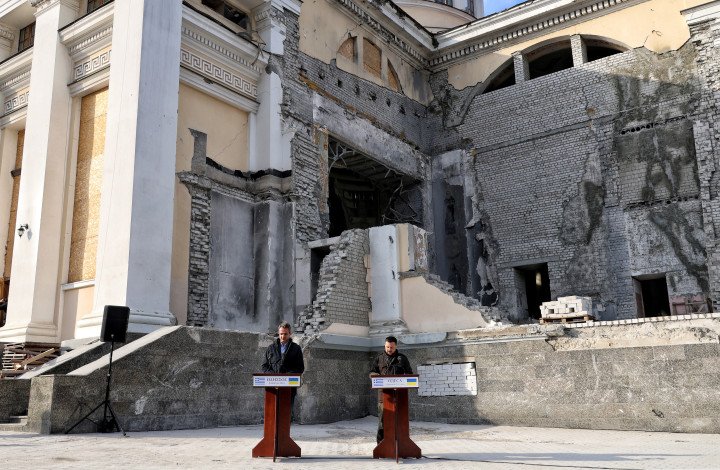
Kherson’s art and local history museums
Investigations have proven that Russia’s attempt at eliminating Ukraine’s culture and heritage has been planned systematically. Over 33,000 pieces of art and historical artifacts were looted in Kherson during the Russian army’s retreat from the city in November 2022. Russian-appointed museum heads in Crimea selected the items to be stolen, while Russia’s Black Sea Fleet officer Dmitry Lipov oversaw the theft and personally sealed the trucks transporting the artifacts.
The Congress of Local and Regional Authorities called on member states to sign and ratify the “Council of Europe Framework Convention on the Value of Cultural Heritage for Society (Faro Convention) and the Council of Europe Convention on Offences to Cultural Property (Nicosia Convention),” in its declaration.
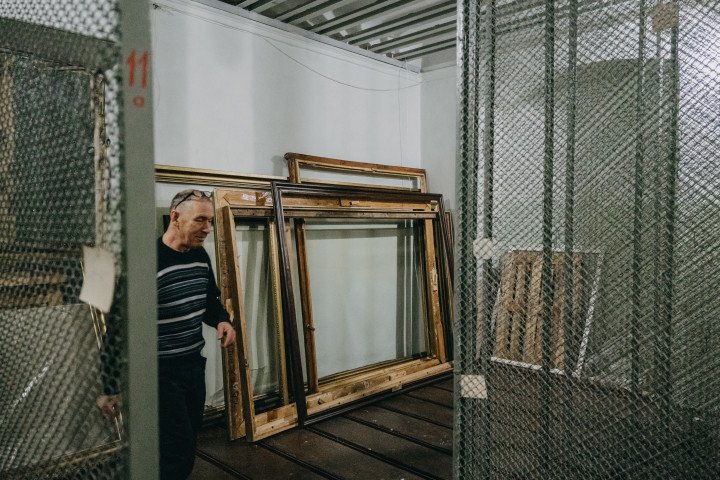
They make these calls in response to the Russian Federation “targeting and looting of cultural sites, reflecting a systematic policy aiming at erasing Ukraine’s historical and cultural identity, consistent with a genocidal intent.”
The Congress also called on local and regional authorities throughout Europe to establish genuine cultural heritage partnerships, addressing the need for restoration, urgent protection, and stepping up efforts to return stolen and looted cultural assets back to Ukraine.
-b2fecf006e6a7ef2d3584636123ee64f.jpg)
-46f6afa2f66d31ff3df8ea1a8f5524ec.jpg)
-c42261175cd1ec4a358bec039722d44f.jpg)
-6359eca46c72bde40a90abaaadd6eaa8.png)
-29a1a43aba23f9bb779a1ac8b98d2121.jpeg)


-206008aed5f329e86c52788e3e423f23.jpg)